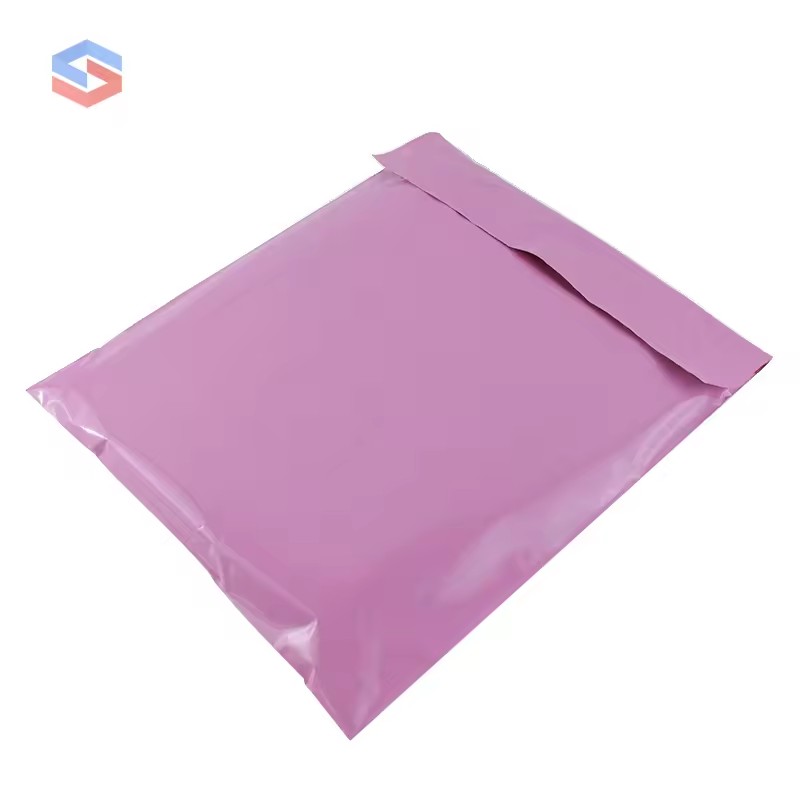How Long Do Compostable Mailers Last?
In the quest for sustainable packaging solutions, biodegradable mailing bags and biodegradable mailer bags have emerged as a popular alternative to traditional plastic mailers. These eco-friendly options not only reduce plastic waste but also minimize environmental impact. One common question that arises when considering these alternatives is: How long do compostable mailers last?
Compostable mailers are designed to break down naturally when exposed to the right environmental conditions. Unlike conventional plastic mailers that can persist in the environment for hundreds of years, compostable mailers decompose into non-toxic, organic materials that can enrich the soil. These mailers are typically made from plant-based materials such as corn starch, sugarcane, or biopolymers like polylactic acid (PLA) and polyhydroxyalkanoates (PHA).
1. Decomposition Timeline
The lifespan of a compostable mailer depends on several factors:
Material Composition: Different materials decompose at different rates. For instance, PLA-based mailers may take longer to break down compared to those made from more readily degradable materials like starch blends.
Environmental Conditions: Compostable mailers require specific conditions to decompose effectively. These include the presence of microorganisms, adequate moisture, and a warm temperature. In an industrial composting facility, where conditions are optimized, compostable mailers can break down in about 90 to 180 days. In a home composting environment, which is less controlled, it might take six months to a year or more for the mailers to fully decompose.
Thickness and Size: Thicker and larger mailers naturally take longer to break down compared to thinner and smaller ones.

2. Benefits of Biodegradable Mailing Bags
Reduced Pollution: They help minimize the accumulation of plastic waste in landfills and oceans.
Lower Carbon Footprint: Production of biodegradable mailers from renewable resources often results in fewer greenhouse gas emissions compared to petroleum-based plastics.
Soil Enrichment: When composted, these mailers contribute to soil health by adding organic matter.

3. Choosing the Right Supplier
When opting for biodegradable mailer bags, it is essential to select a reputable supplier to ensure product quality and environmental compliance. Key considerations include:
Certifications: Look for suppliers offering products certified by recognized standards like ASTM D6400 (USA) or EN 13432 (Europe), which verify the compostability of the mailers.
Material Transparency: Ensure the supplier provides clear information about the materials used in their mailers.
Customization Options: A good supplier should offer various sizes, thicknesses, and customization options to meet specific needs.
Biodegradable mailing bags and biodegradable mailer bags present a sustainable alternative to conventional plastic mailers, offering a reduced environmental footprint and promoting a circular economy. While the exact time for compostable mailers to decompose varies based on material composition and environmental conditions, they generally break down much faster than traditional plastics, making them a viable option for eco-conscious businesses and consumers. When choosing biodegradable mailer bags, partnering with a reliable supplier ensures that you receive high-quality, certified products that align with your sustainability goals.







